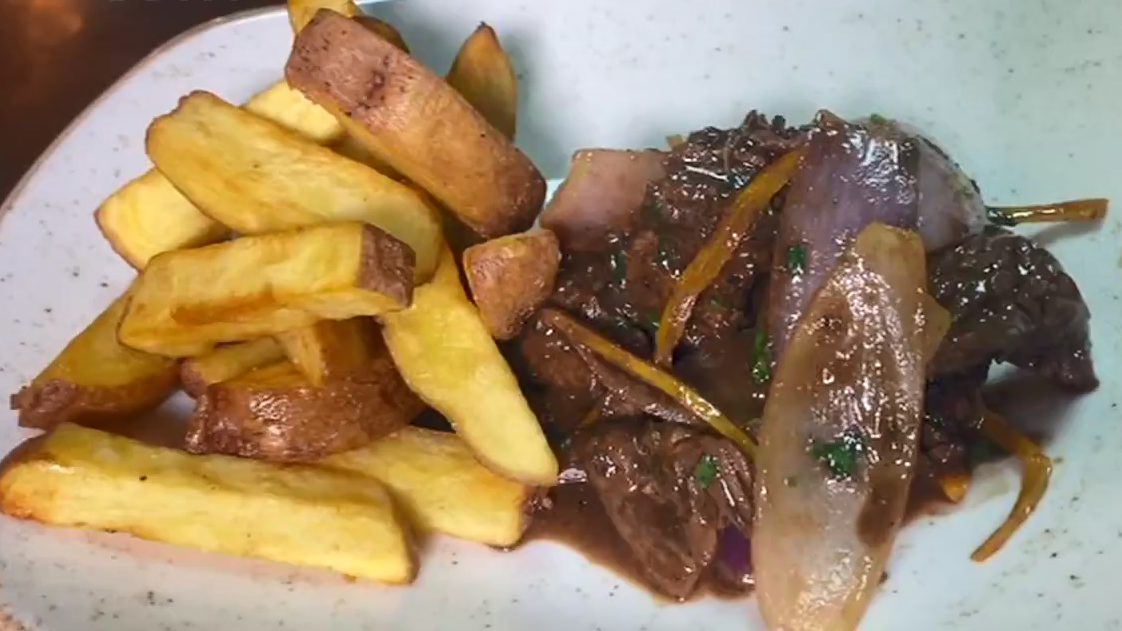Peruvian cuisine, a vibrant and eclectic mix of flavors, textures, and traditions, stands as a testament to the country’s rich cultural and geographic diversity. Nestled along the western coast of South America, Peru’s gastronomy is not just a reflection of its varied landscapes – from the majestic Andes and the bountiful Amazon to the vast Pacific coast – but also a product of its complex history, shaped by waves of immigration and cultural exchange.
The Geographical Bounty of Peru Peru’s culinary strength lies in its geographical diversity. The Andes, known for their high-altitude farming, contribute a variety of potatoes, quinoa, and other grains. The Amazon, with its lush rainforests, provides an abundance of exotic fruits, nuts, and other unique ingredients. The Pacific coast, meanwhile, is a haven for seafood, crucial to the preparation of Peru’s famous ceviche.
The Historical Tapestry of Peruvian Cuisine The history of Peruvian cuisine is a tale of convergence and adaptation. Indigenous culinary practices, honed over millennia, provided a strong foundation. The Spanish conquest brought European ingredients and cooking styles, which merged with indigenous traditions. African, Japanese, and, notably, Chinese immigrants further enriched the culinary tapestry, introducing new flavors, techniques, and ingredients.
Chinese Influence and Lomo Saltado The late 19th and early 20th centuries saw a significant influx of Chinese laborers to Peru, marking a turning point in the nation’s culinary narrative. This led to the birth of Chifa cuisine – a fusion of Chinese and Peruvian culinary traditions. Lomo Saltado, a stir-fried beef dish, is perhaps the most famous outcome of this fusion. Traditionally cooked in a wok, it features soy sauce, a staple of Chinese cuisine, and Peruvian yellow chili peppers. This dish symbolizes the harmonious blend of diverse culinary influences that define Peruvian food today.
Peruvian Cuisine in the Modern World In recent years, Peruvian cuisine has gained global recognition, with chefs both in Peru and abroad showcasing its diversity and innovation. Contemporary Peruvian cooking continues to evolve, blending traditional flavors with modern techniques and presentation styles. This evolution is part of what makes Peruvian cuisine so dynamic and appealing to a global audience.
Conclusion: A Culinary Mosaic Peruvian cuisine stands as a vibrant example of the power of cultural exchange and adaptation in the world of gastronomy. From the high Andes to the depths of the Amazon and the shores of the Pacific, Peru offers a culinary journey like no other. Dishes like Lomo Saltado not only provide a taste of the country’s diverse flavors but also tell the story of its rich cultural heritage. As more people around the world discover the delights of Peruvian cuisine, it continues to charm and intrigue, solidifying its place as one of the world’s most dynamic and exciting culinary traditions.
READ MORE:
